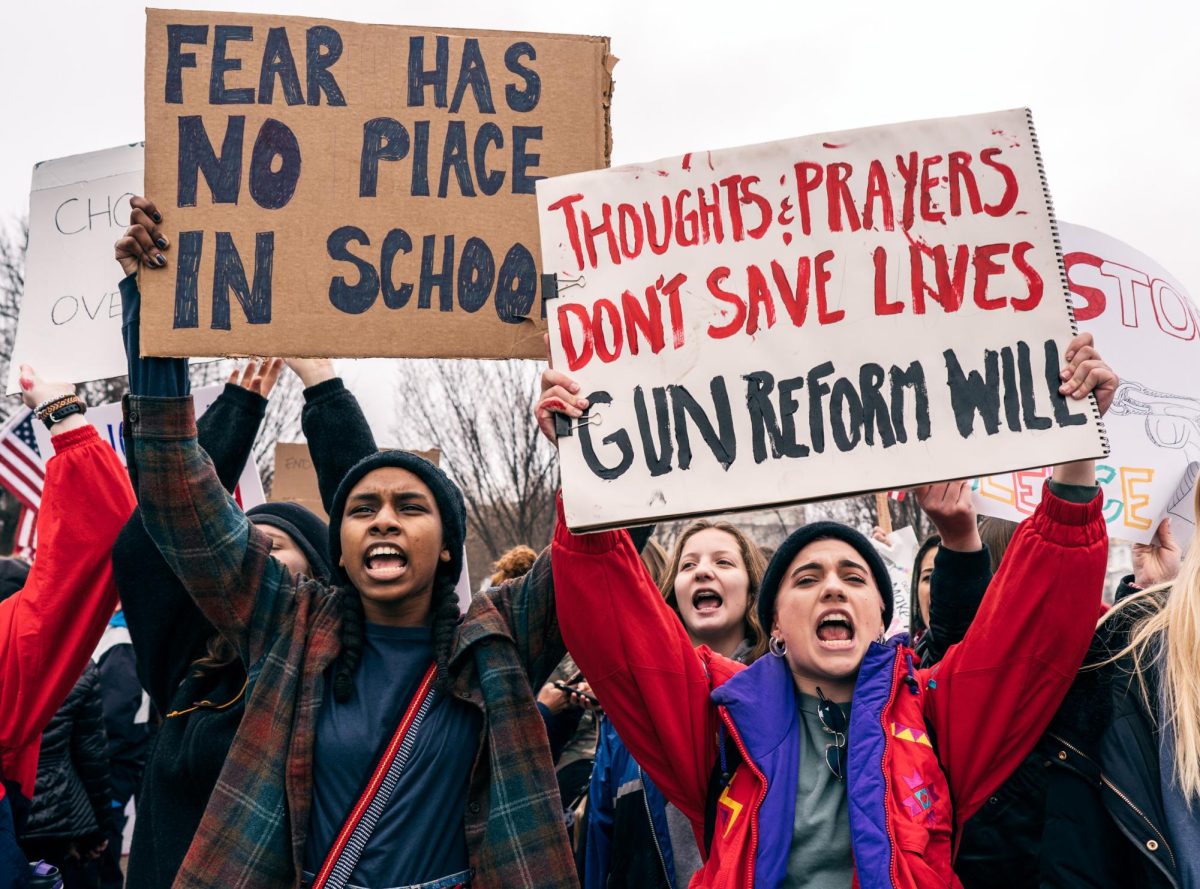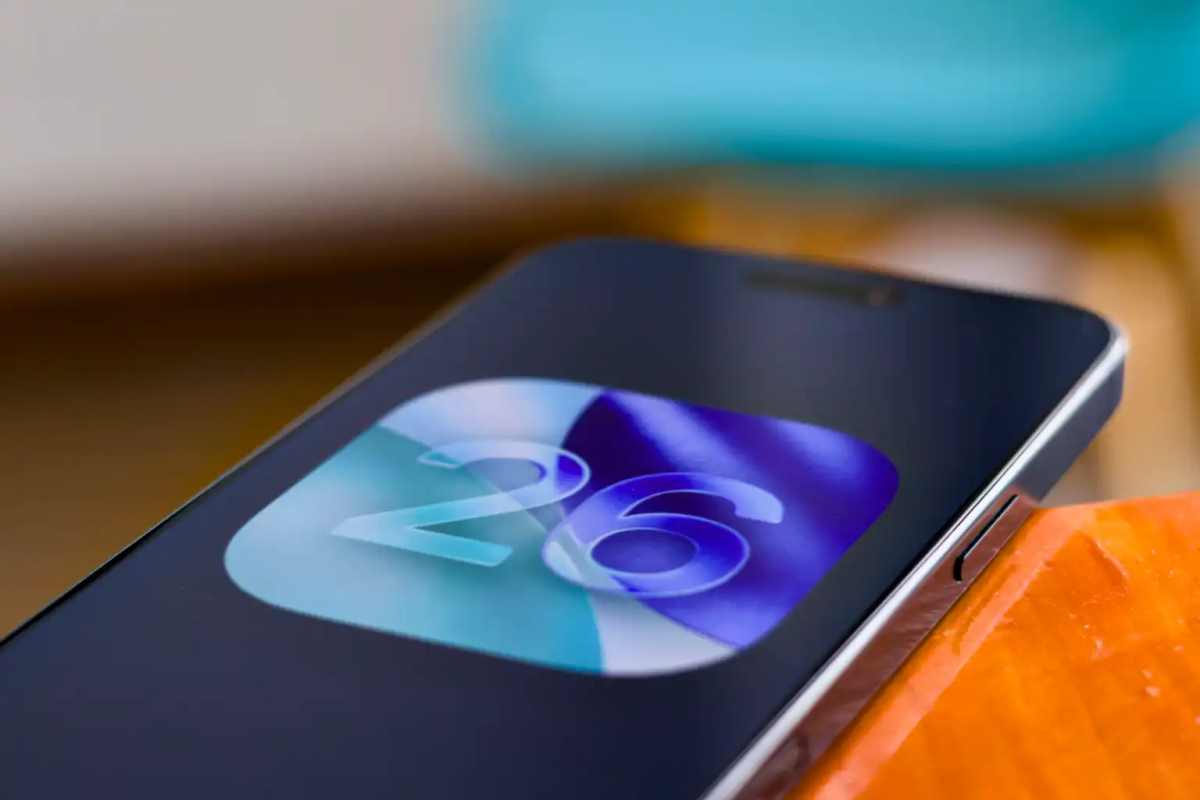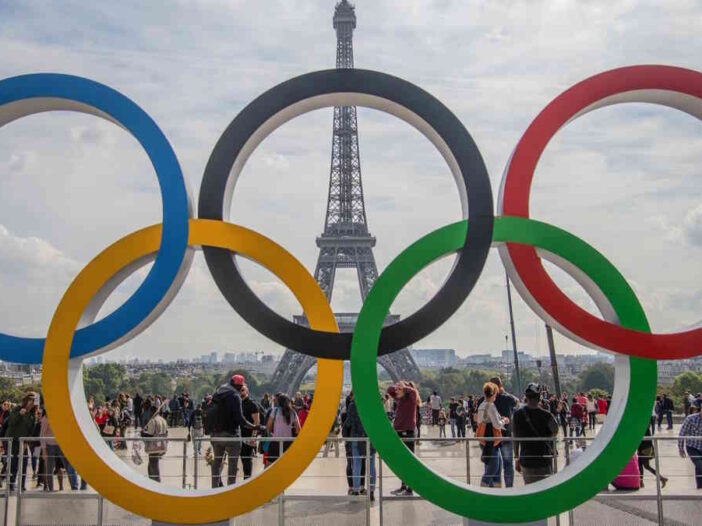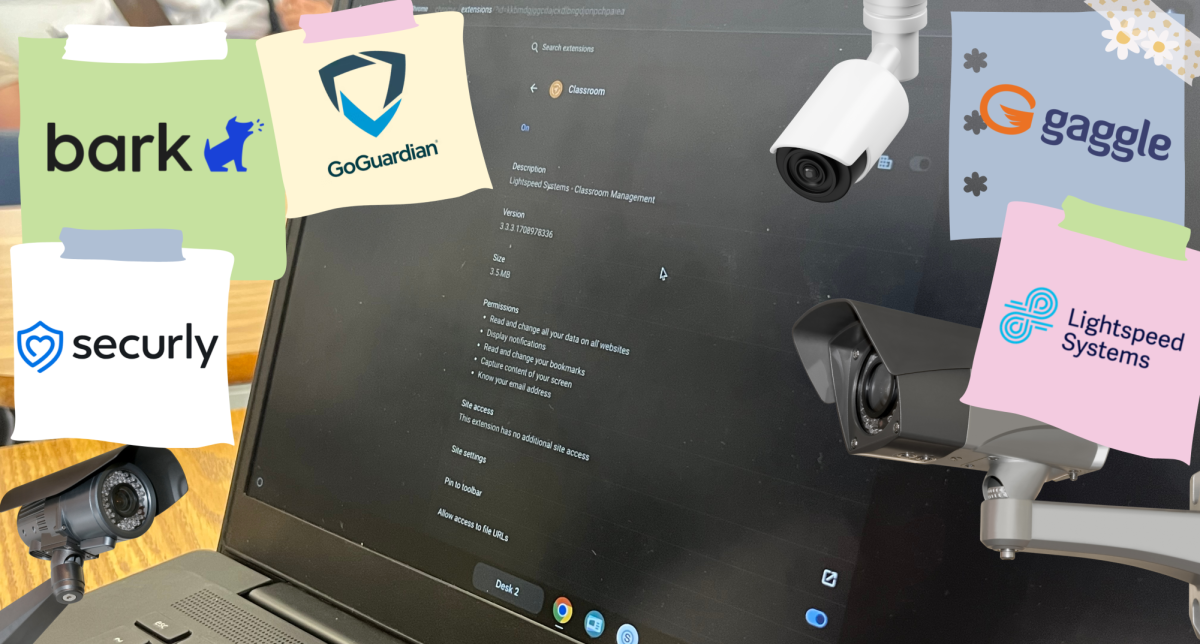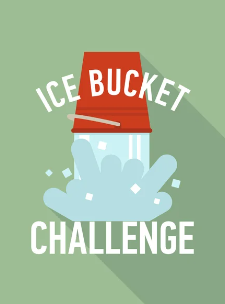There have been 46 different school shootings in 2024, across all schools, counties and communities in the US. In America, bullets know no boundary lines.
In a 2022 article from the Washington Post, almost 400,000 students have been exposed to gun violence during school, and that number is only continuing to go up. From recent shootings at Apalachee high school to historic ones such as Parkland and Columbine, American students have been conditioned to fear school.
Since the 1990s, when school shootings became more than hushed whispers among the media due to the cultural impact of Columbine, school administrators and the federal government have come up with precautions to follow in the event of a school shooting. Yet, these drills are rarely to prevent shootings, and more seen as a response to the inevitable. Clara Engels, an exchange student and Junior at Robinson who experienced her first lockdown drill earlier this year, said “It was kinda scary, because we never had them in Germany. The lights were dark, and you heard everything – all the noise on the floor and stuff, and it was so long.”
Further, the emphasis on programs such as ‘Run, hide, fight’ or lockdown drills seem to imply that gun violence should be normalized, while also delegitimizing the very real claims of threats to students’ safety. Just this year, the Georgia Police Department received calls of threats to various schools in Barrow County on the morning of September 4th, where Apalachee high school students watched four of their classmates and teachers be brutally gunned down just hours later. If police and administrators in Barrow County had taken those reports seriously, the Apalachee tragedy may have never happened.
Further, the weapon used in most school shootings – the AR-15 – is a semi-automatic rifle that is meant to be lightweight enough to carry onto a battlefield. The AR-15’s capacity to fire round after round of bullets with very little time in-between makes the weapon catastrophically deadly in the event of a school shooting, with its distinct, ‘firework’ sound a deafening silence.
Some schools attempt to take precautions to lower the chances of these weapons reaching their schools – from the implementation of metal detectors to requiring clear backpacks to a complete ban on lockers to store personal items, almost everything administrators and local officials can do has been done to minimize gun violence in schools. However, these precautions don’t work to find the root of the real issue – how are potential shooters getting these weapons in the first place, and why do we let them?
According to the Center for Disease Control (CDC), experts have made the claim that guns are a public health crisis. The CDC has been exploring gun control under the lens of a public health issue since the 1990s, and the data has become abundantly clear – guns in the hands of the public are built to kill. In 2017, gun violence became the largest cause of death in children and young adults. The number of children killed due to gun violence in 2017 was greater than deaths of active-duty police, according to Scientific American; in light of this, however, organizations like the National Rifle Association (NRA) continue to plead second amendment rights, citing that “the right of the people to keep and bear arms, shall not be infringed”.
These organizations seem to be setting citizens back under the guise of protecting our rights- yet, in areas with stricter gun control laws, parents and guardians don’t have to fear sending their children to school, every day a new opportunity to wonder if they’ll ever come home again.
In the mid-90s, the federal government aimed to impose stricter gun control laws with the ‘Violent Crime Control and Law Enforcement Act’, making it illegal to “manufacture, transfer, or possess semi automatic weapons” (Department of Justice). Similarly, the ‘Gun-Free Schools Act’ in 1990 imposed criminal charges for the discharge of a firearm in a school building or a school zone, and in these years, the amount of shootings dropped drastically. When the ban on assault weapons was repealed in the early 2000s, those numbers spiked once again. In the ten years with these laws, particularly the Violent Crime Control and Law Enforcement Act, there were a total of 22 school shootings. In the ten years after that, there were almost 40, and those numbers have continued to rise, with an average of 9 mass shootings per year in the years since.
Furthermore, the impact of widespread school cell-phone policy on mass shootings has come into question, particularly with Fairfax Country and the Virginia state government cracking down on cell phone use in schools. With the implementation of middle schools requiring ‘Yondr Pouches’ – pouches with a magnetic closure to prevent cell phone use during the school day – and high schools enforcing ‘phone caddys’, it’s caused concern for students, and these regulations are only set to get stricter in the 2025-26 school year, due to new orders from Governor Glen Youngkin.
Particularly due to the recent shooting at Apalachee High School in Georgia, parents are concerned that students won’t be able to contact family, friends, and emergency services in a crisis situation without their phones. One Apalachee student texted her parents from lockdown, saying that she’s “sorry I’m not the best daughter.” Another student messaged, “I’m freaking out mama, I’m so scared”.
In an interview with NBC, one student from Apalachee said, “I was shaking, scared, and I didn’t have my phone on me, and I couldn’t communicate with my mom for a half an hour. I didn’t know what was going to happen because you could hear the gunfires right down the hall. I don’t know if it was, like, the last chance I had to talk with her.”
Students have also been able to use their cell phones as a lifeline in the event of an emergency; in 2022, a 4th grader made a series of frantic 911 calls to alert authorities of a shooting in Uvalde, Texas. Students at the Parkland shooting in 2018 used their phones to record the shooting, becoming key evidence for authorities later down the line. When students’ phones are locked in sealed pouches or taken away from them, it may indirectly prevent justice from being observed and simultaneously remove the comfort of knowing you have a lifeline to the outside world in your pockets.
Robinson students feel conflicted, with sophomore Anya Bennet saying that “I don’t think its a safety issue for like, the first part of any emergency that could happen, because if there was a school shooting, having your phone or not having your phone couldn’t really affect that – but in the sense of communicating with people once that’s already happened, to get out of that situation, then it would be a safety issue.”
Fellow sophomore Ari Krafchick echoed this, saying that “I definitely think making students put it up is a safety issue, but I think they should keep the rules [for non-emergencies]- if you see it, you’re in trouble.”
More than anything, however, there is no one solution to prevent gun violence. However, as students, it’s unfortunately become our responsibility to find one, because the world is changing- and gun control laws have to too.



